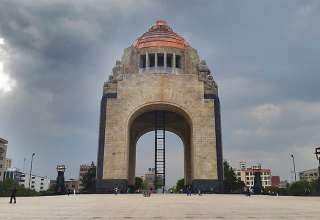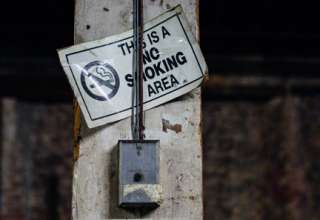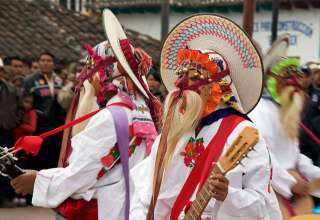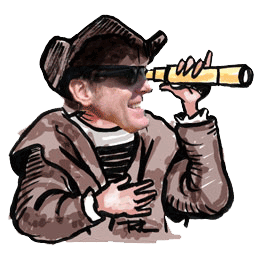Padre Pro’s last request was to be allowed to kneel and pray. When the firing squad’s shots failed to kill him, a soldier shot him at point-blank range. Pro had been falsely accused in the bombing attempt of former Mexican President Álvaro Obregón, and had become a wanted man. Betrayed to the authorities, he was sentenced to death without the benefit of any legal process. On the day of his execution, Pro forgave his executioners and refused a blindfold. He died proclaiming, Viva Cristo Rey! (Long live Christ the King!)
On a recent trip to Mexico City, my wife and I were exploring the Roma Norte Neighborhood, courtesy of Visit Mexico City. Located on the edge of the city’s bustling downtown and historical sites, we were just about to take a break in one of Roma Norte’s idyllic tree-lined pocket parks, when a small building, adjacent to a parish church, caught our attention. Its sign read: Museo Padre Pro. The name sounded curiously familiar, so we went inside.
Museo Padre Pro
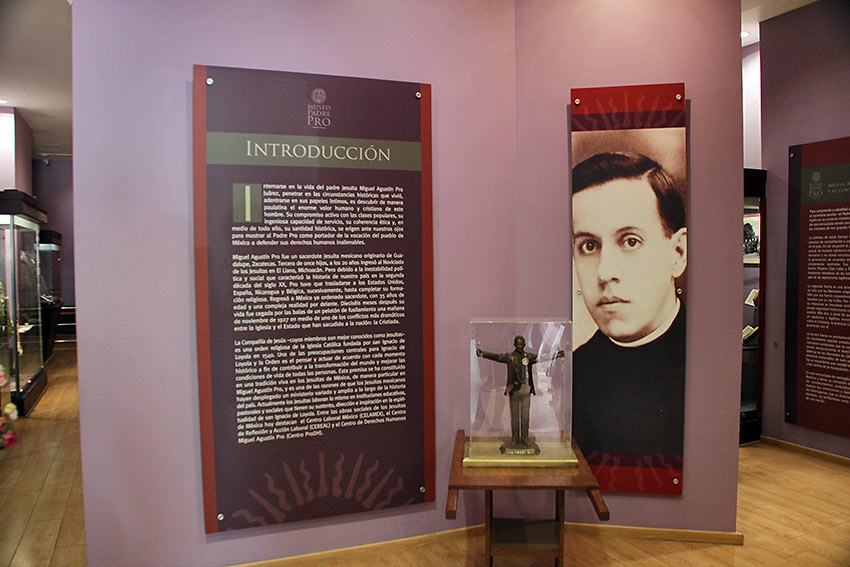
The museum was small, but felt spacious, allowing emotional space to reflect on this man Pro and his remarkable life story. At the entrance to the museum, books, posters and postcards were sold. All the information was in Spanish, but fortunately I was with my Spanish-speaking wife, who translated Pro’s history to me. His story was of a Catholic priest who defied the fiercely anti-clerical and anti-Catholic provisions of the 1917 Constitution, which were now vigorously enforced in 1926. This enforcement resulted in severe penalties for priests, including death, who criticized the government or wore clerical garb outside their churches. The articles also mandated secular education in schools, prohibiting the Church from participating in primary and secondary education, forbade public worship outside of church buildings and restricted religious organizations to own property. The final article revoked basic civil rights of clergy members, denying priests and religious workers the right to vote. The law led to the horrific Cristero War, named for the Catholic combatants’ slogan, Viva Cristo Rey! (long live Christ the King!) An armed peasant rebellion soon formed, supported by the Catholic Church.
When we explored the museum further, we found that it was tastefully showcased with all things Padre Pro, including photographs, artifacts, letters, newspaper clippings and a blood-stained vest, protected behind glass, which Pro wore at the moment of his death.

The Power and the Glory & Graham Greene
I realized that Padre Pro’s narrative sounded very familiar to the 1940 novel, The Power and the Glory by British author Graham Greene. Known as the “great Catholic novelist,” Greene tells the story of a renegade Roman Catholic priest (or “whisky priest” — a name used in anti-religious propaganda) living in the Mexican state of Tabasco at the very time when the Mexican government was attempting to suppress the Catholic Church. That suppression had resulted in the above Cristero War (1927-1929). In my naiveté I thought Greene’s novel was a work of fiction. I mean how could this really have happened without me not knowing about it. But, it did happen. And Greene called it the fiercest persecution of religion anywhere since the reign of Elizabeth. The persecution was most severe in Tabasco under the notorious anti-Catholic governor Tomás Garrido Canabal. Worshipping God was outlawed, and Canabal closed all the churches in the entire state. His regime systematically hunted down all serving priests, forcing them to denounce the Church, and some to marry. One priest refused to comply.
José Ramón Miguel Agustín Pro Juárez
Padre Pro was born 1891 in Guadalupe, Mexico to a wealthy mining family. He entered the Jesuit novitiate in Mexico until 1914 when the first wave of governmental anti-Catholicism forced the novitiate to dissolve and the Jesuits to flee to Los Gatos, California. He then studied in Spain, taught in Nicaragua and for his theological studies, was sent to Belgium, where the French Jesuits (also in exile) had their faculty of Theology. He was ordained a priest on August 31, 1925. His first assignment was to work with the miners of Charleroi, Belgium where he was able to win the miners over, preaching the Gospel. One of his companions said that he had never seen such an exquisite wit, never coarse, always sparkling. He was noted for his charity and ability to speak about spiritual subjects without boring his audience.

A Return Home to Mexico
In 1926, the Jesuits sent Pro to Mexico City just three days after Plutarco Elías Calles banned all public worship. Since he was not known as a priest, Padre Pro went about clandestinely — sometimes in disguise of a variety of professions — celebrating Mass, distributing communion, baptizing children, hearing confessions, anointing the sick, and even celebrating weddings. He would often dress as a beggar to collect money for the poor. The whole time, he was risking his life because public worship was explicitly outlawed and priests would be arrested immediately. Pro served a Church which was forced to go “underground.” He continued to secretly administer sacraments to small groups of Catholics. Details of Pro’s ministry in the underground church come from his many letters displayed in the museum.
We carry on like slaves. Jesus help me! There isn’t time to breathe, and I am up to my eyebrows in this business of feeding those who have nothing. And they are many—those with nothing. I assure you that I spin like a top from here to there with such luck as is the exclusive privilege of petty thieves. It doesn’t even faze me to receive such messages as: “The X Family reports that they are twelve members and their pantry is empty. Their clothing is falling off them in pieces, three are sick in bed and there isn’t even water.” As a rule my purse is as dry as Calles’s soul, but it isn’t worth worrying since the Procurator of Heaven is generous.
People give me valuable objects to raffle off, something worth ten pesos that I can sell for forty. Once I was walking along with a woman’s purse that was quite cute (the purse not the woman) when I met a wealthy woman all dolled up.
What do you have there?
A lady’s purse worth twenty-five pesos. You can have it for fifty pesos which I beg you to send to such-and-such a family.
I see God’s hand so palpably in everything that almost—almost I fear they won’t kill me in these adventures. That will be a fiasco for me who sighs to go to heaven and start tossing off arpeggios on the guitar with my guardian angel.
Soon under surveillance by the Calles regime, a failed attempt to assassinate Álvaro Obregón, provided the state with a pretext for arresting Pro. A man confessed his part in the plot, testifying that Pro was not involved, but this was ignored.
In prison, unsure of his fate, Pro spent his time praying for the others in confinement and for the salvation of humankind. On the morning of November 23, a guard appeared at the cell door and called for Padre Pro. He turned to the other prisoners and exclaimed, Good-bye, brothers, till we meet in Heaven!
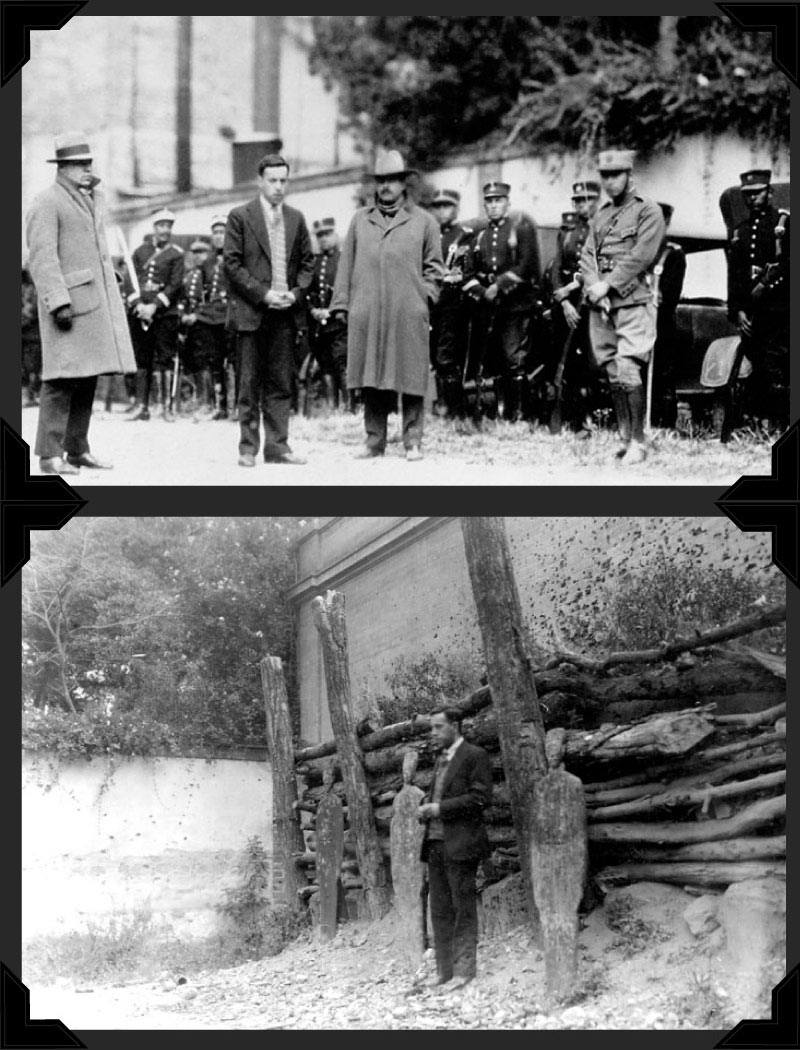
The policeman who escorted him out was filled with remorse, and asked Pro to forgive him for his part in this injustice. Padre Pro threw his arms around the officer and said, Not only do I pardon you, but I am grateful to you, and I shall pray for you. The thirty-six-year-old Jesuit was led onto the firing range. The major asked him whether he wished to express any last will. The humble padre answered firmly, Permit me to pray. Padre Pro then knelt down. He kissed a crucifix in his right hand, and clenched Rosary Beads with his left.
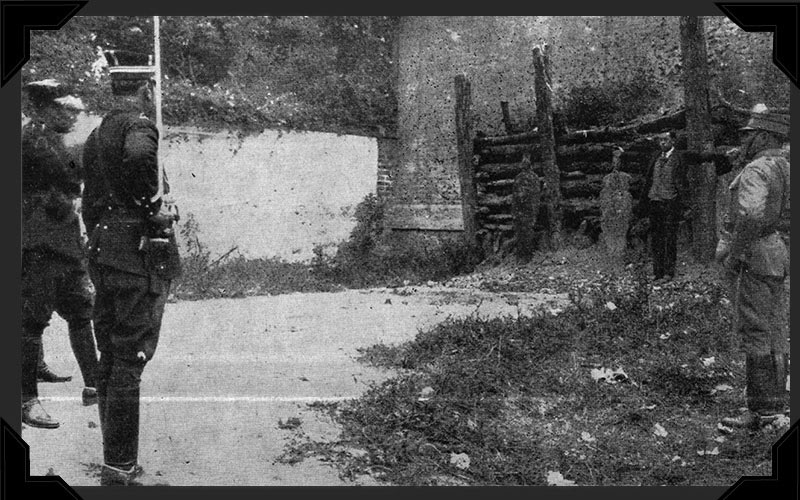
Refusing a blindfold, the prisoner stood erect, and said calmly, Lord, Thou knowest that I am innocent. As a last priestly gesture, he raised his consecrated hand, and made the Sign of the Cross over the spectators. Then, addressing himself to those who were about to kill him, he said, May God have mercy on you. May God bless you. With all my heart I forgive my enemies! As the soldiers lifted their rifles, he exclaimed loudly, Viva Cristo Rey!
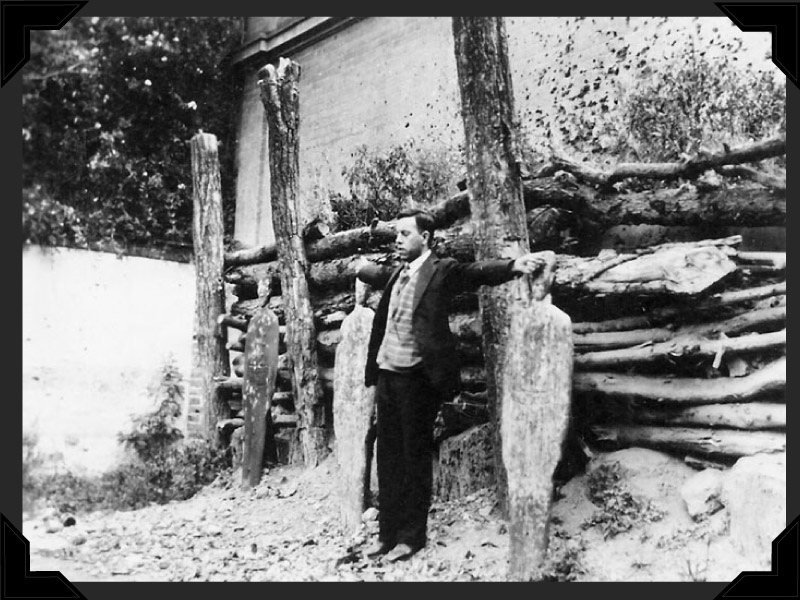
The guns sounded, and the cruciform figure of one of Mexico’s greatest contemporary heroes, fell to the ground, riddled with bullets. To make sure that the victim was no longer living, a centurion fired a shot at close range into the martyr’s head.
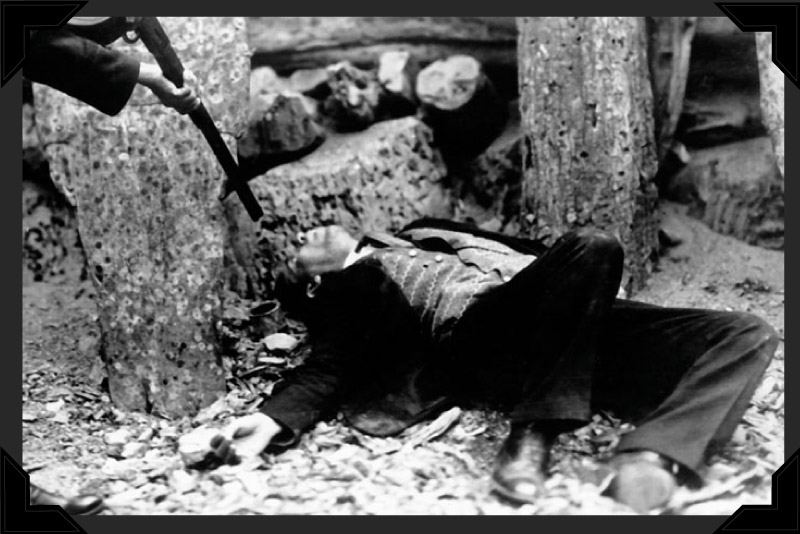
Calles had the execution meticulously photographed, and the newspapers throughout the country carried photos on the front page the following day. Calles thought that the sight of the pictures would frighten the Cristero rebels who were fighting against his troops. However, it had the opposite effect. Over 40,000 people lined the streets for his funeral, even though their actions were illegal. Another 20,000 waited at the cemetery to see him buried. There was no priest openly present. The Cristeros became more animated and fought with renewed enthusiasm, many of them carrying the newspaper photos of Pro before the firing squad.
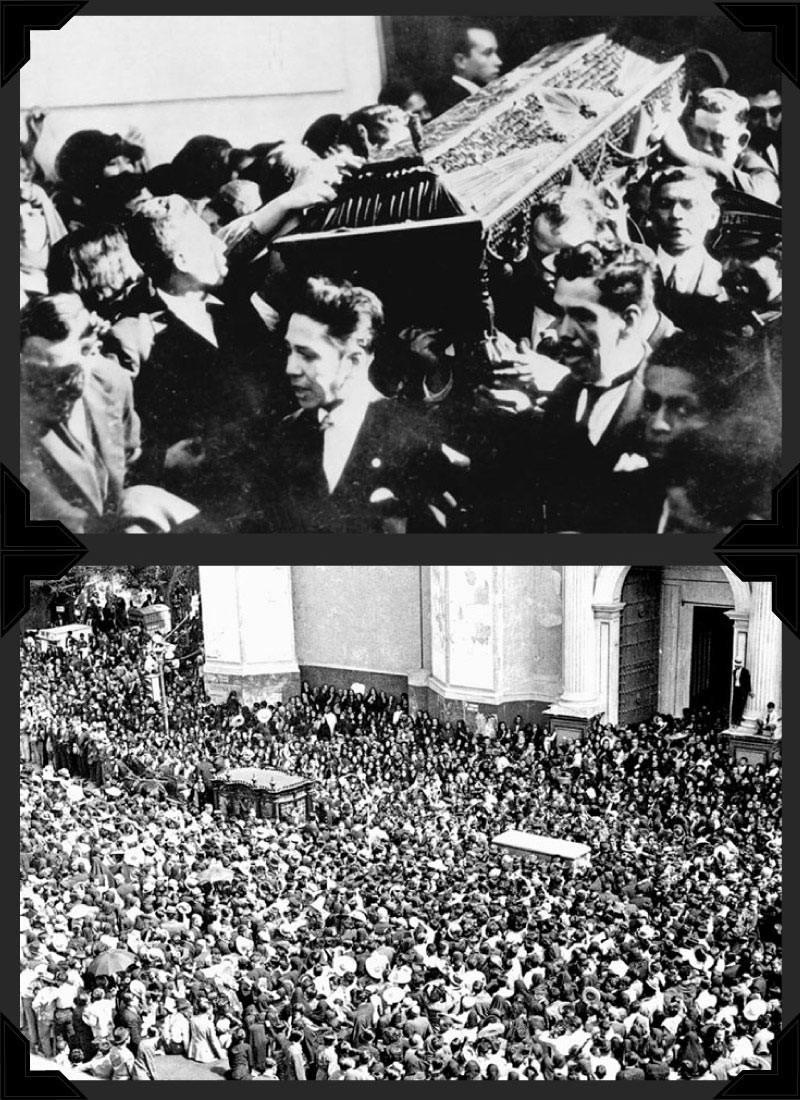
Pro’s arrest, lack of trial, and evidential support gained prominence during the Cristero War. Known for his religious piety and innocence, he was beatified on September 25, 1988, by Pope John Paul II as a Catholic martyr, killed in odium fidei (in hatred of the faith).
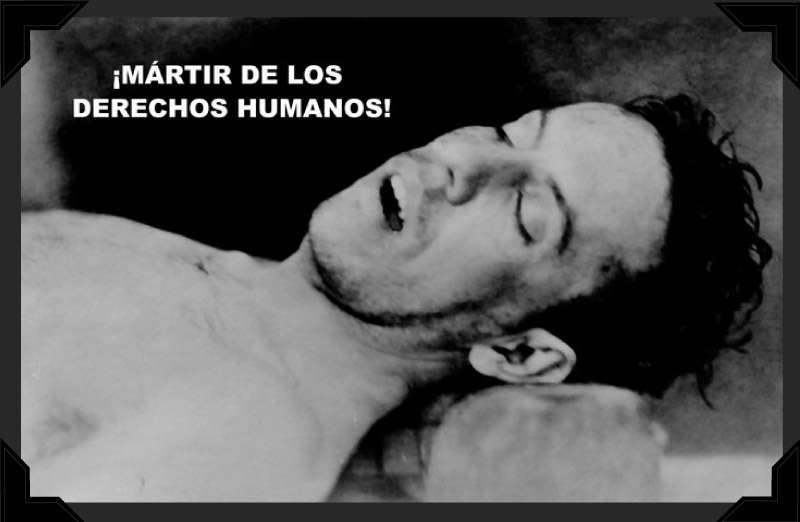
The Power and the Glory – Final Words
The title, The Power and the Glory of Greene’s novel is an allusion to the doxology often added to the end of the Lord’s Prayer: For thine is the kingdom, (and) the power, and the glory, now and forever (or forever and ever), amen. The novel of fiction is intended as a metaphor for the Cristero war.
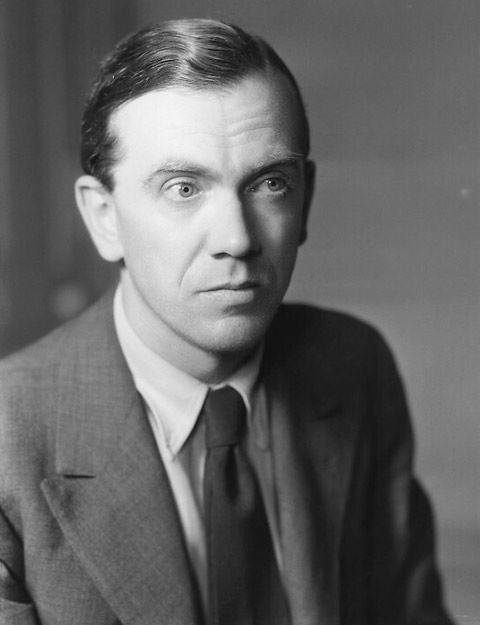
The “whisky priest,” (his only name in the novel) is on the run from the authorities, who will kill him if he is caught. He is far from the finest example of his profession; he is an alcoholic who once fathered a child, whom he never acknowledges. In his younger days he was arrogant and self-satisfied. Now as a fugitive, he feels guilty for his mistakes and sins. As the last priest in the state of Tabasco, he continues to secretly perform his priestly functions, but with extreme difficulty and reluctance. Before his final attempted ascent to safety over the mountains, he secretly visits a practicing Catholic family, where he performs various religious testaments. The family both feed and hide him. It is believed that the “whisky priest” is based on Padre Pro, though much liberty has been taken with his character.
The “lieutenant” (also his only name in the novel) is the chief adversary of the priest. He is obsessed with catching him and leads a posse into the mountains. He despises the church which he considers corrupt and has held back the prosperity of the poor. He takes hostages from the villages and kills them when he feels it’s necessary. However, the “lieutenant” is also idealistic, and believes in radical social reform that would end poverty and provide education for everyone. He is capable of acts of personal kindness, as when he gives money to the “whisky priest,” whom he mistakenly thought to be a destitute drunkard. He then ruthlessly continues to pursue the priest. The “lieutenant” represents Garrido Canabal.
Once the “whisky priest” is in the mountains he meets a homeless beggar, who tags along with him. The priest believes that he will be his Judas, for a large sum of money is offered for the knowledge of his whereabouts. The beggar disappears as the priest gets closer to safety. But the priest stops to attend to the spiritual needs of a dying man. This leads to his eventual capture by the “lieutenant” and the “whisky priest’s” death .
The novel ends with the Catholic family with whom the “whisky priest” previously hid and conducted secret services for them. There is a knock on their door. Rather than it being the “lieutenant” to arrest them, it is a new priest.
Many thanks to the people who assisted me with this article.
Learn more about the Museo Padre Pro
See a video courtesy of Museo Padre Pro
Learn more about Visit Mexico City
